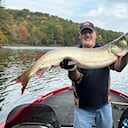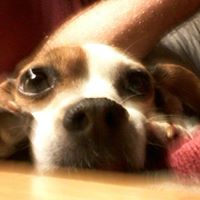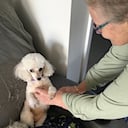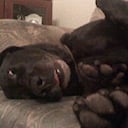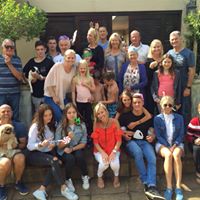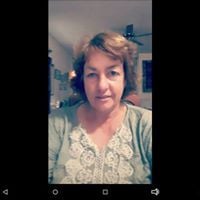A cell is like a small city with organelles doing a specific job. If an animal cell was a city, what would the nucleus be?
A cell is a tiny building block upon which all living things are made. Plants are made up of plant cells and animals are made up of animal cells. Each cell contains tiny organs called organelles. These structures perform a specific function within the cell. Working together, these organelles enable the cells, to carry on its life function. A group of similar cells working together form tissue. When you join different kinds of tissue into structures, organs are formed. Like cell's and tissue, and organ performs a specific function. Collectively all the organs performing their varied functions comprise the organ system. This is what makes up an organism, or a living thing. And to think, it all be an with that teeny tiny cell!!
Think about a cell in terms of a small city. Each entity in the city is responsible for carrying out a specific job. Together these entities help the city function smoothly; without any one entity, the city's function might very well collapse.
The nucleus is the largest organelle in animal cells and contains most of a cell's genetic material. This organelle, which controls all of the activities in the cell was the first organelle in a cell to be discovered. Anton van Leeuwenhoek illustrated the nucleus of a cell in the early 1700's, although he did not really understand its function. Like the nucleus, City Hall controls all of the activities in the city. The mayor or city manager control all of the government run activities within the city.
More Info:
en.m.wikipedia.org
